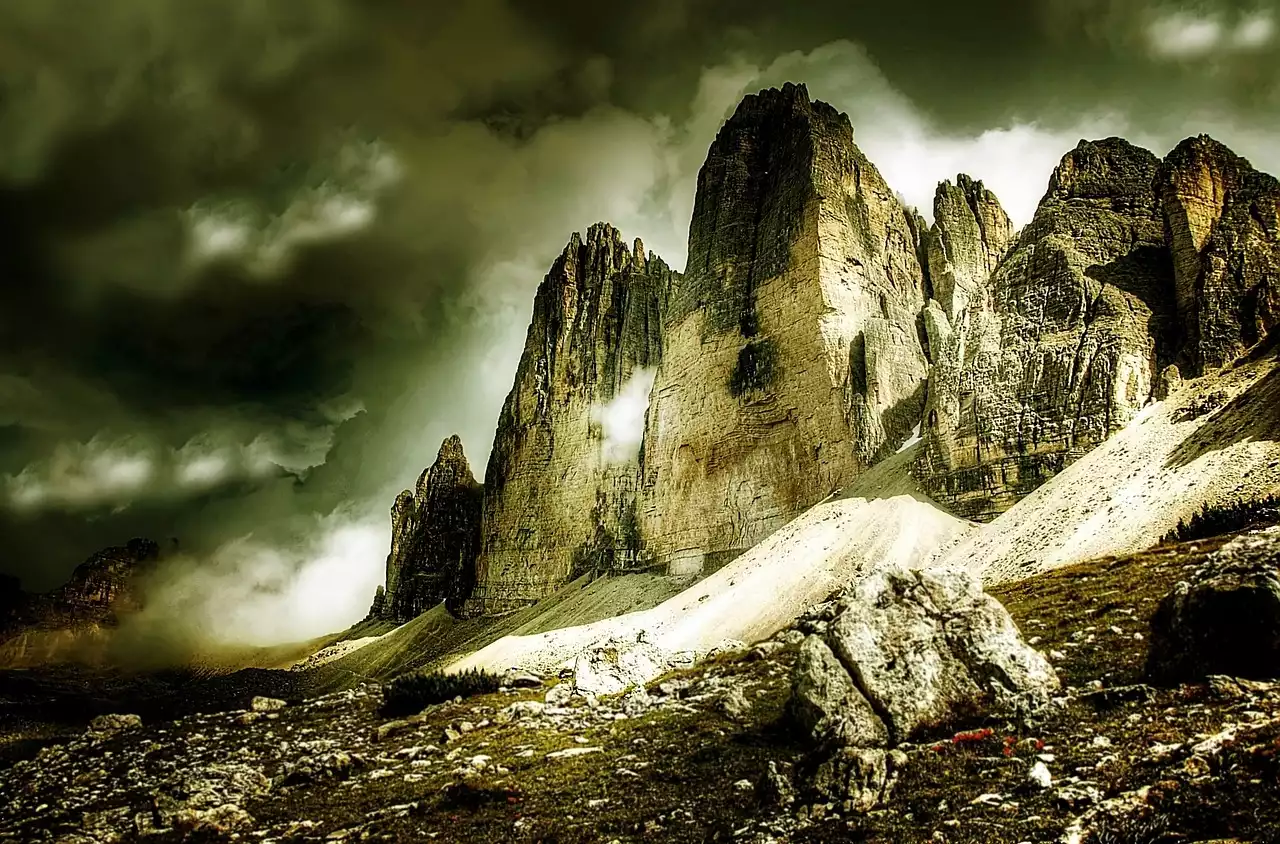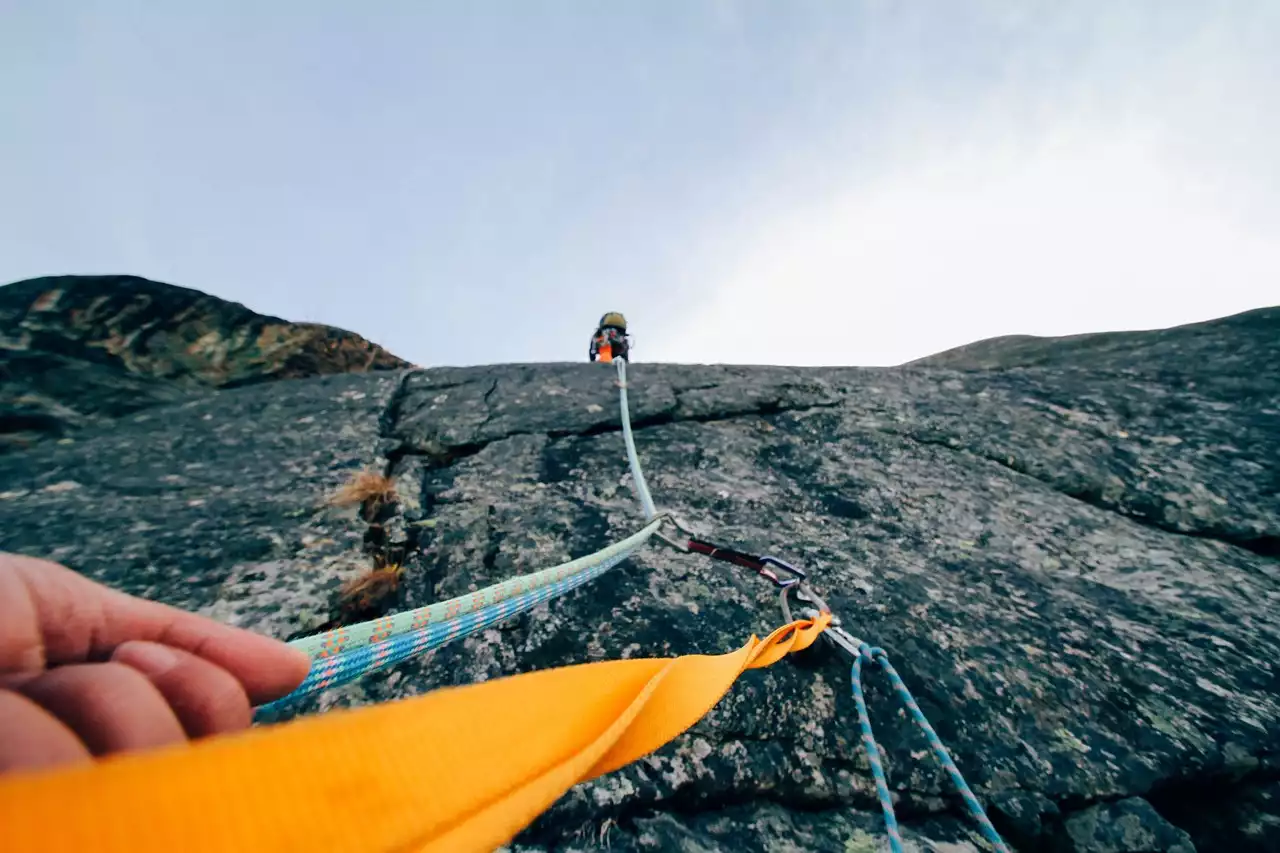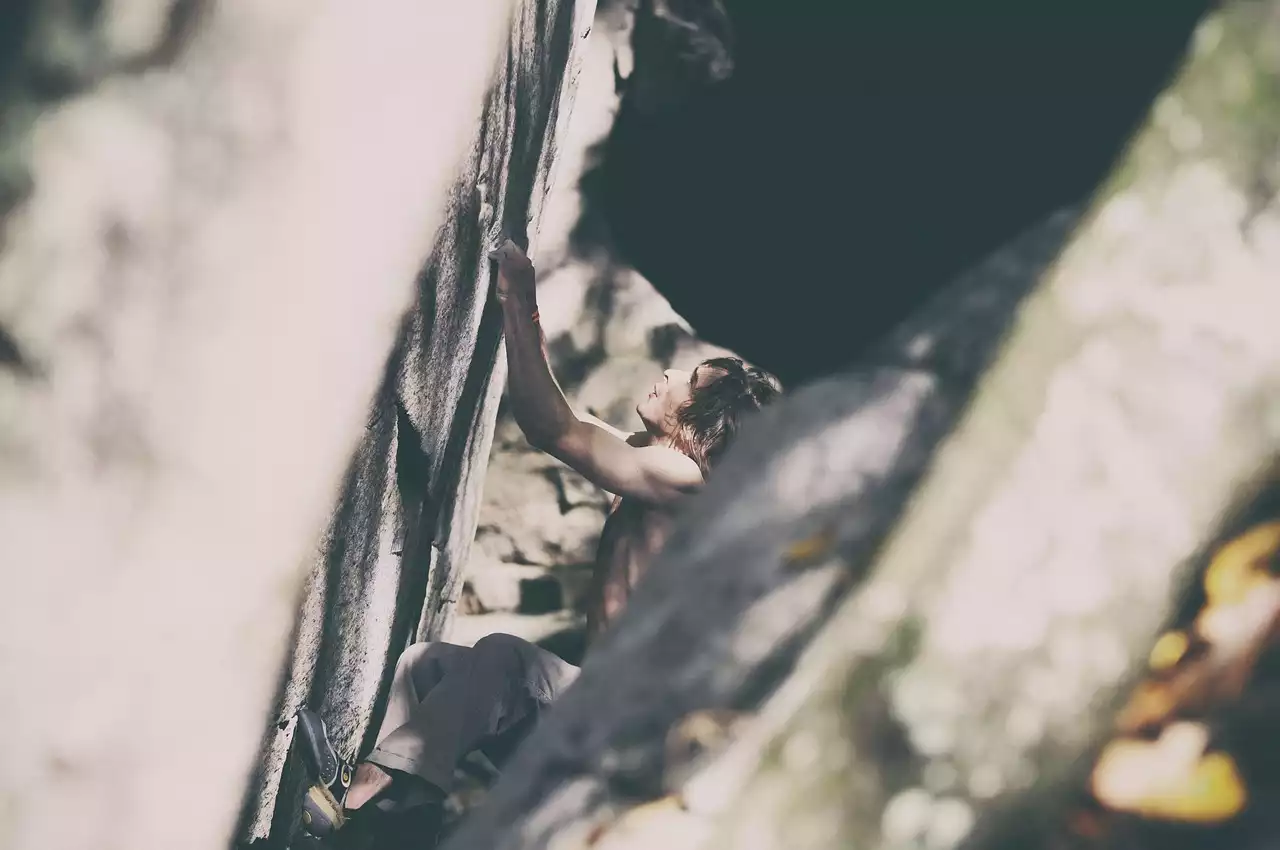Overview of Mount Asgard
Mount Asgard is a 2,015-meter-high mountain located on Baffin Island in Nunavut, Canada. With its towering rock faces and spectacular vistas, it’s no wonder why this peak has become a mecca for rock climbers from all around the world. Whether you are a seasoned climber or just starting, the challenge of scaling this 2,015-meter-high mountain is sure to excite and thrill. With its unique geography and rugged terrain, Mount Asgard is a destination that offers a variety of routes and difficulties, allowing climbers of all levels to explore and test their limits. With its spectacular views, exciting routes, and the challenge of conquering this peak, it’s no wonder why rock climbing Mount Asgard is an unmissable adventure.
Geography and terrain of Mount Asgard
Mount Asgard is a glacially-formed mountain located on the coast of Baffin Island in Nunavut, Canada. The mountain is comprised of a complex and diverse terrain that includes crevasses, ice cliffs, cliffs, ridges, and ridgetops, and two main summits can be accessed by climbers. The west summit has a topographic prominence of 2,015 meters and is accessed via a 6.7-km glacier trek. The east forum has a topographic prominence of 2,011 meters and is accessed via a 6.3-km glacier trek. The mountain is composed of sedimentary rock that was formed from ancient ocean sediment. The sedimentary rock forms the surrounding ridges, cliffs, and ridgetops and includes pillow basalts, quartzite, and gneiss. Due to its formation, the rock on Mount Asgard is very cold and is only suitable for ice climbing. Mount Asgard is home to several glacier lakes that are composed of ice. These lakes have an abundant supply of water and ice and provide an excellent place to practice and hone your ice-climbing skills.
Exciting rock climbing routes
There are a variety of routes and difficulties to choose from while climbing Mount Asgard. The most popular route is the Valhalla route which is rated 5.11c. However, you can also try your hand at climbing the Whirlpool route which is rated 5.9, and the South Summit ridge route which is rated 5.11a. It’s important to note that the South Summit ridge route is technical and is recommended for experienced climbers only. Valhalla is a popular route due to its easy climbing grade and the stunning views it offers. This route is comprised of a series of thin hands and face climbing. It’s also worth noting that Valhalla is one of the best places in the world to see the Northern Lights.
Difficulty levels for climbers
There are many ways to approach and grade a route while climbing Mount Asgard. Most routes are rated in the 5.11c to 5.11d range, but you can also climb in the 5.9 to 5.11a range. If you are an experienced climber, you can choose to climb routes in the 5.11b to 5.11d range to challenge yourself and push your limits. There are also several different places on Mount Asgard to climb. The most popular climbing zones include Valhalla, the Whirlpool, and the South Summit ridge routes.
Challenges of scaling Mount Asgard
Many things make scaling this 2,015-meter-high mountain exciting and rewarding. Some of the most exciting things about climbing Mount Asgard are the spectacular views, the challenge of climbing in a cold and remote environment, and the sense of accomplishment that comes with conquering this peak. The first challenge many climbers face while climbing on Mount Asgard is the challenge of getting there. Due to its extreme remoteness, it’s not easy to get to. To get to Mount Asgard, you must travel by boat or helicopter and spend several days camping out on the island. Another challenge climbers face while scaling this mountain is the challenge of acclimatization. Unlike other mountains, where the climb is graded in terms of difficulty, scaling Mount Asgard is graded in terms of how much your body can handle. For example, a 5.11c climb on Mount Asgard might be a lot harder for someone who is not used to dealing with high altitudes than for someone accustomed to high altitudes.
Safety considerations for climbers
If you are contemplating a climbing trip to Mount Asgard, you should be aware of some safety considerations. First and foremost, you should always adhere to the 10-second rule when climbing. This rule states that you must be attached to your climbing rope for at least 10 seconds when you are climbing. When climbing on Mount Asgard, you must also be careful with your belay. Due to the extreme cold and spindly rock, you must make sure to keep your belay device (i.e., belay device, belay rope, and anchor) as close to the rock as possible when belaying. You must also be careful while descending Mount Asgard. The glacier terrain on the mountain poses a significant risk of falling and should be approached with caution. When descending, you should always make sure to use the correct technique when stepping off the glacier.
Spectacular views from the summit
There are many different places to enjoy the spectacular views from the summit and surrounding ridges on Mount Asgard. The most popular and frequented viewing areas include the Valhalla Ramp, the Valhalla Glacier Lakes, the Valhalla Casement Pinnacle, and the Whirlpool. Some of the most memorable and exciting views from the summit include the following:
- Valhalla Ramp: This viewing area offers panoramic views of the coast and surrounding mountains and is one of the most popular and frequented viewing areas.
- Valhalla Glacier Lakes: These cool and refreshing lakes are located on the east side of the summit and offer an excellent place to relax and enjoy the spectacular views.
- Valhalla Casement Pinnacle: This interesting rock is located on the east side of the summit and is a popular spot to enjoy spectacular views.
- Whirlpool: This spectacular waterfall is located on the south side of the summit and is another popular and picturesque spot to watch the sunset.
How to get to Mount Asgard
Getting to Mount Asgard is not easy, as you must travel by boat or helicopter to reach this remote island. If you are flying in, you can fly into Resolute Bay and then take a 15-minute boat ride to the island. If you are flying in, make sure you have a local guide, as the island is perilous and should only be visited by experienced and knowledgeable locals. Several tour operators provide guided trips to the island, such as Quest Expeditions.









